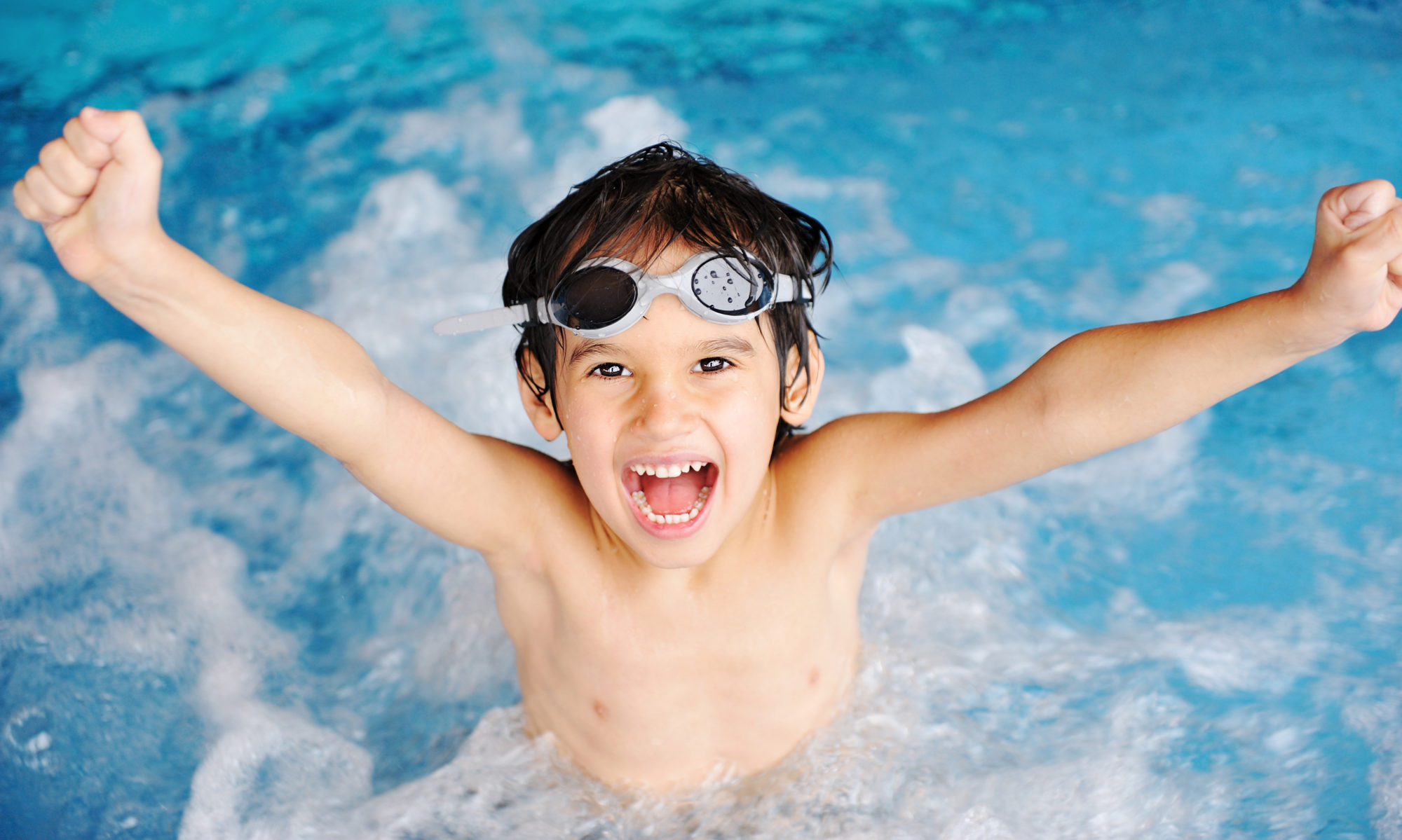Your ability to adapt your lesson plan to exactly what your child needs on any given day gives you a big advantage over swimming schools that have group lessons or college students teaching from a rote formula. How can you leverage this advantage?
Look for cues.
If your child says he’s bored or looks bored, move on to something else even if you’d planned to spend more time on the current skill. It may be that he’s approaching mastery of the skill at his level.
Take the feedback your child gives you, in words and in body language, about how he’s experiencing the lesson. If he’s tense or unhappy, ask him about it. Take a short break, play a game, or switch to a skill he’s already mastered.
If your child seems fascinated by practicing a skill or exploring something new, and you’d planned to move on to something else, let him stick with it until he’s exhausted his interest.
Follow your child.
The plan you make for each swimming lesson is a starting point. Let your child’s responses to what you’re teaching determine how closely you follow your plan. The more you follow your child’s interests, the more he’ll get out of the lesson, even if what he’s learning isn’t exactly what you thought it would be.
When you’re learning to swim, you don’t have the same level of control over your body and your life as when you’re on land. That lack of control can be stressful or scary. The more you let your child control what’s happening in the water, the more confidence he’ll have and the more comfortable he’ll feel about trying new things. The more new things he tries, the more quickly he’ll learn how his body works in the water. The better his understanding of how his body works in the water, the easier it will be to learn each new skill. Letting your child lead you away from your original lesson plan when you’re teaching him to swim can make the entire process of learning to swim go more smoothly.
